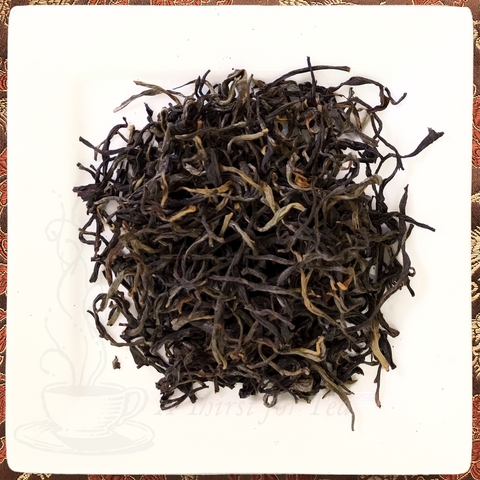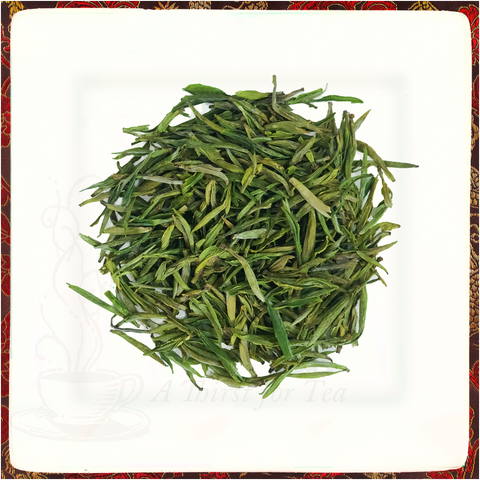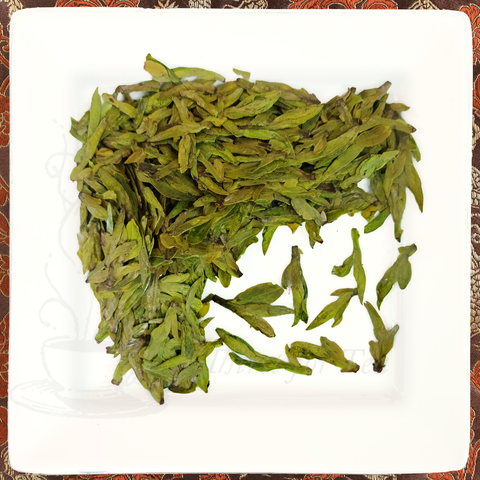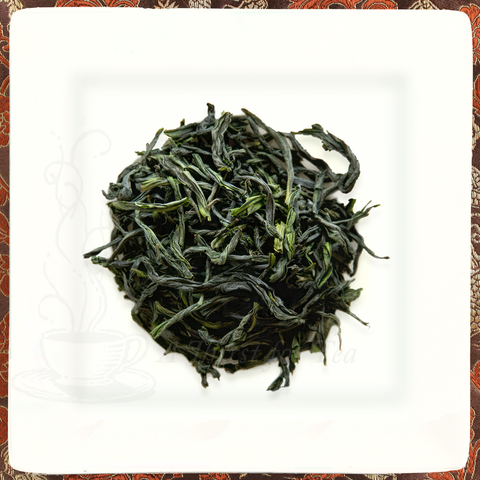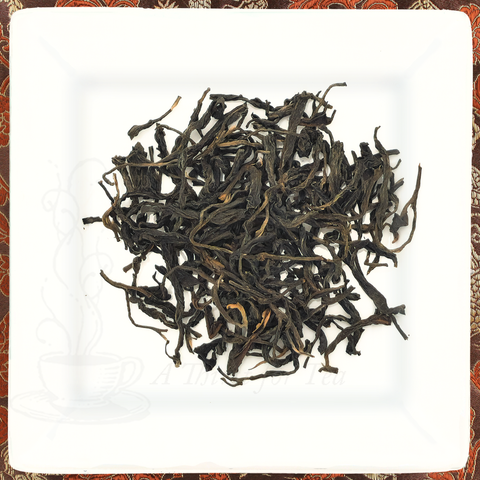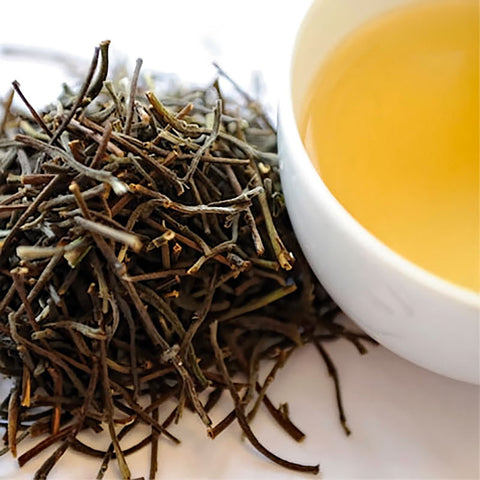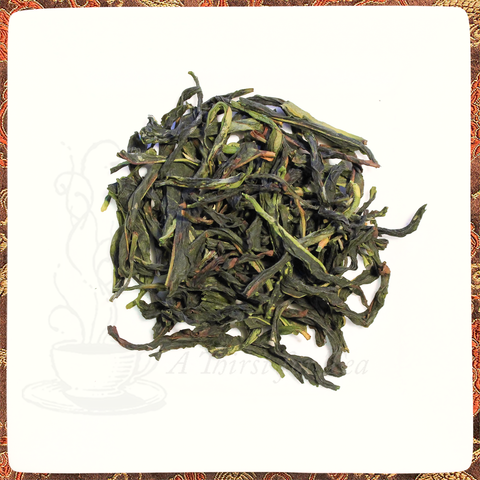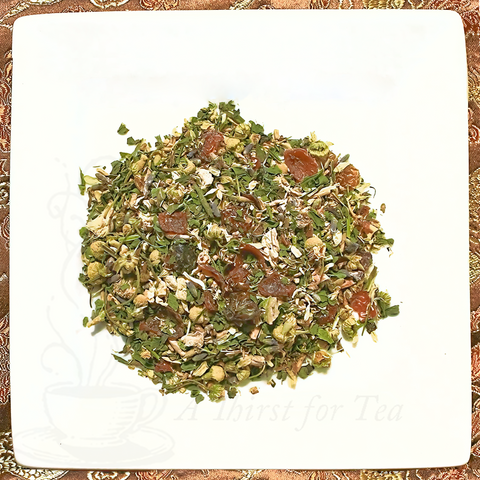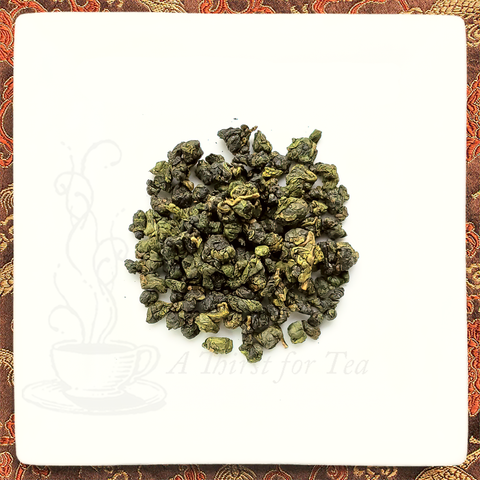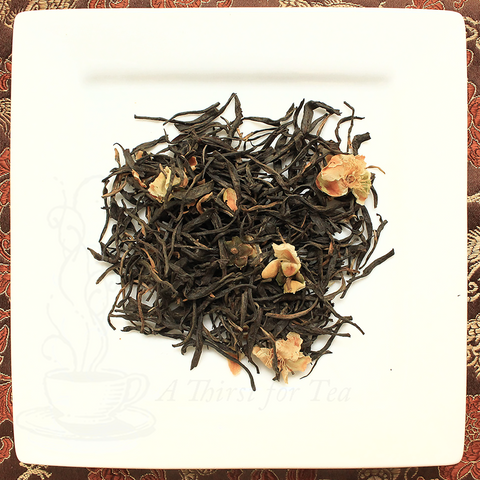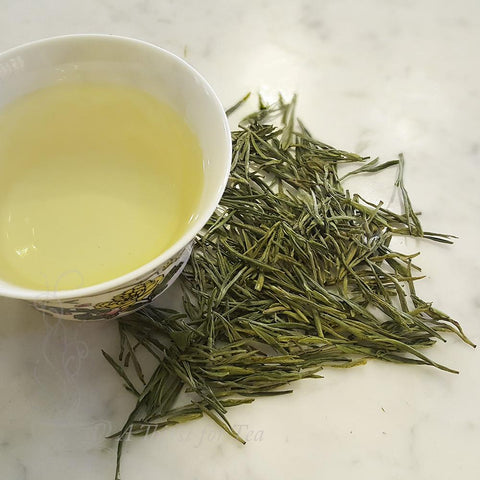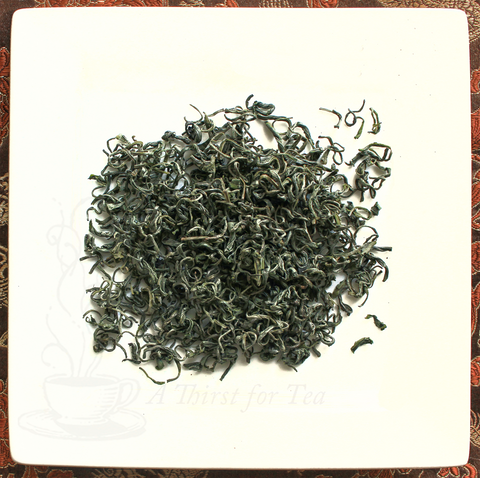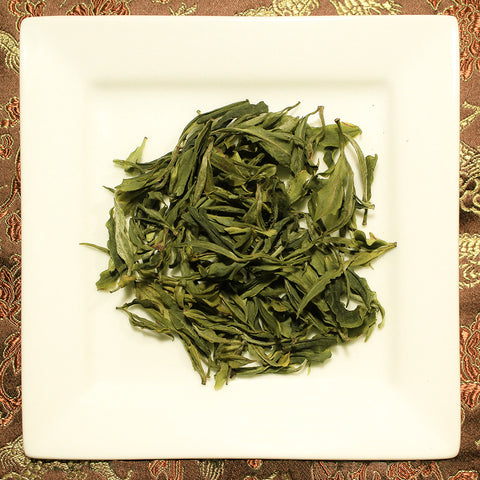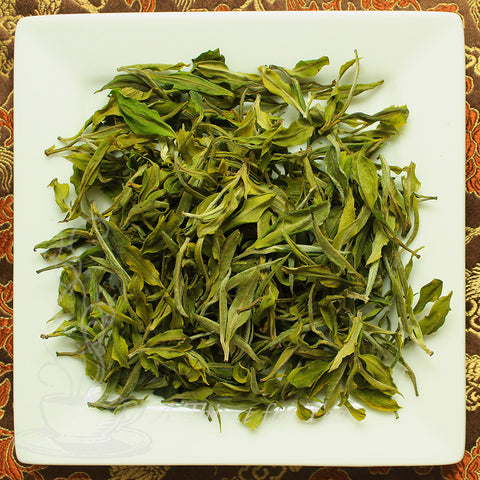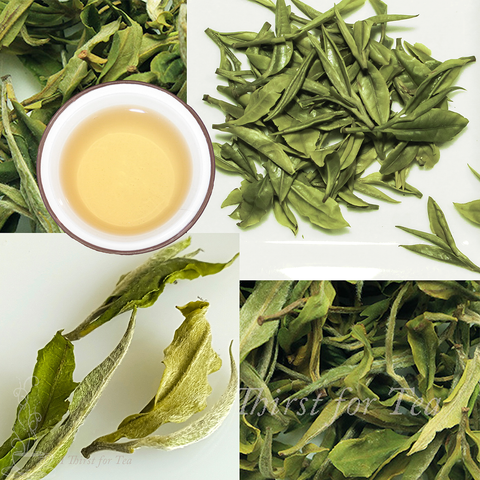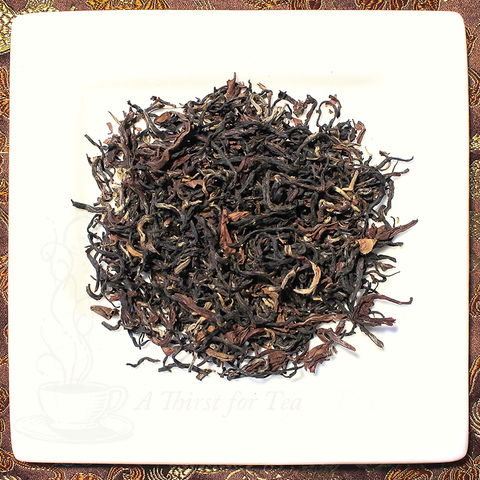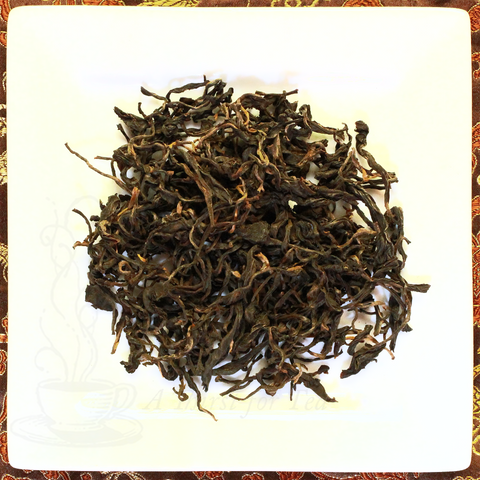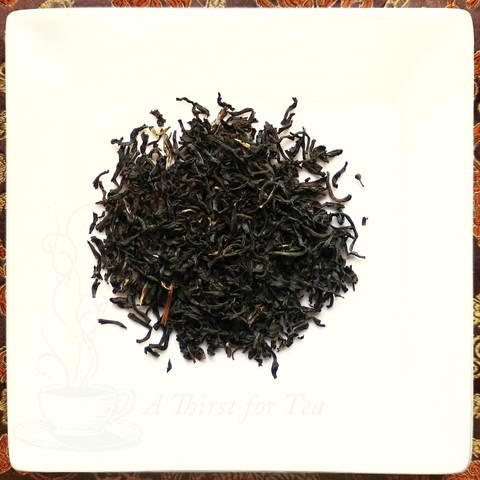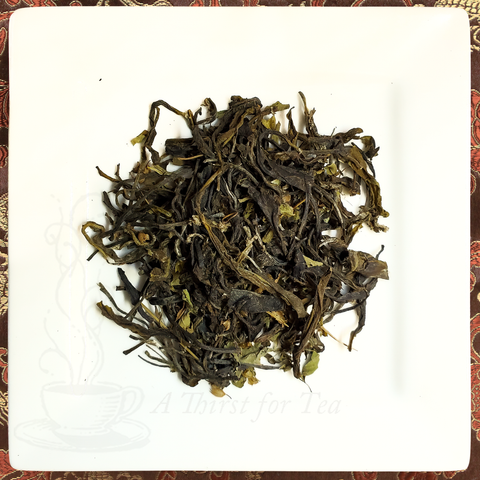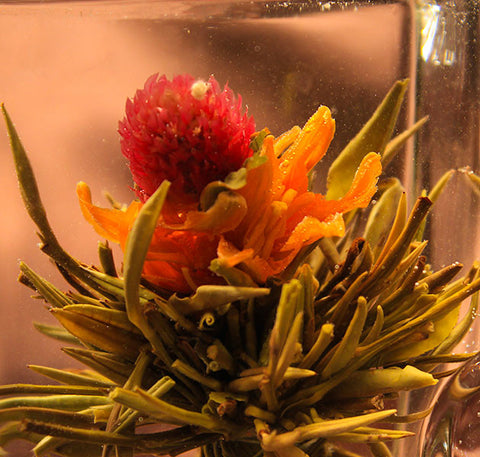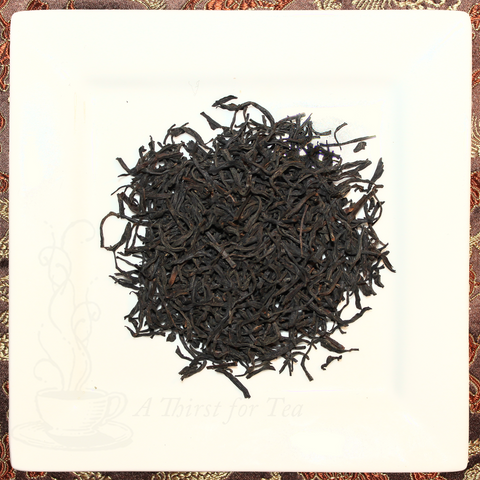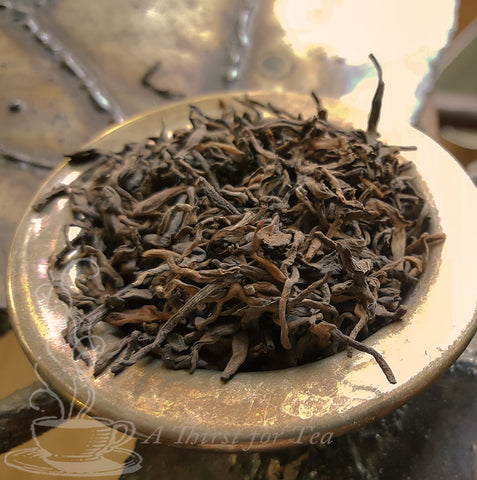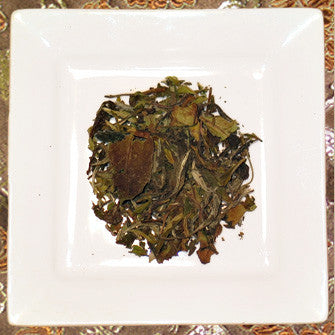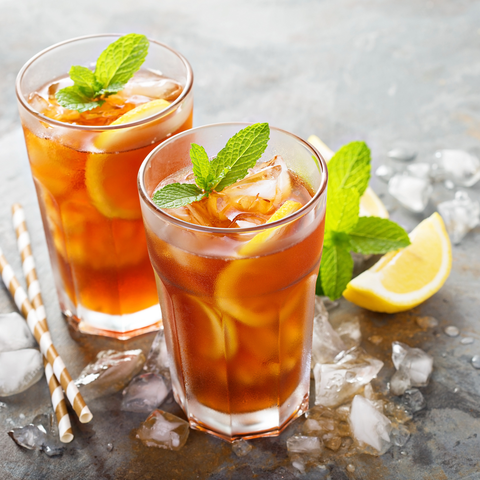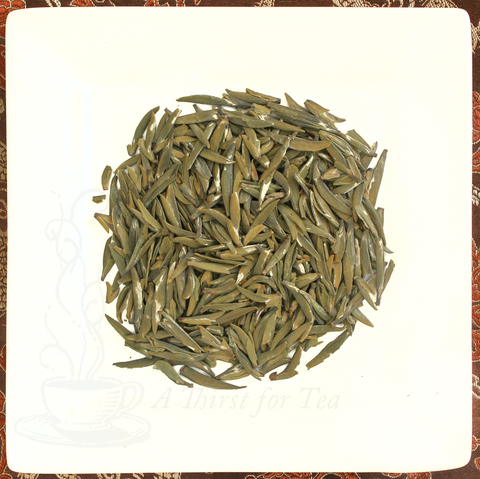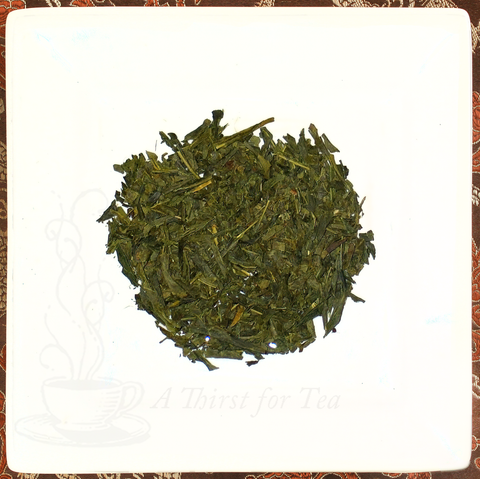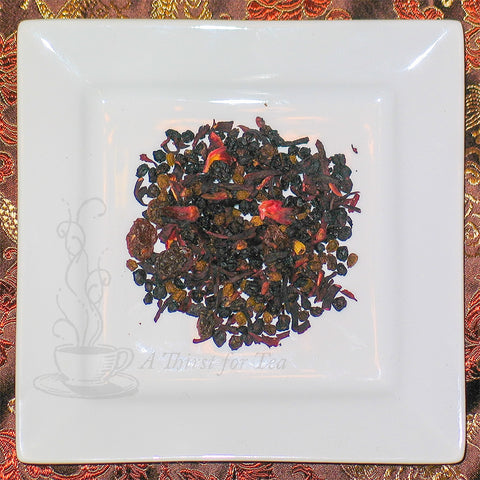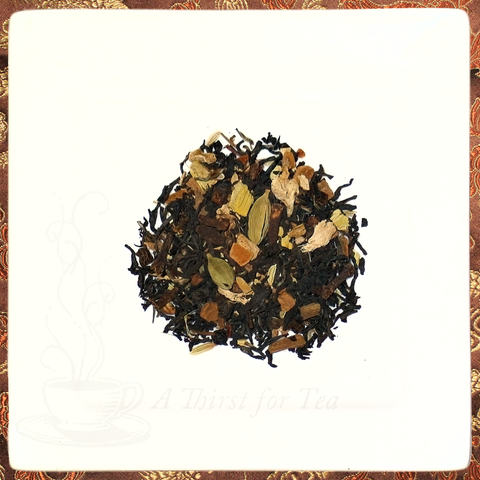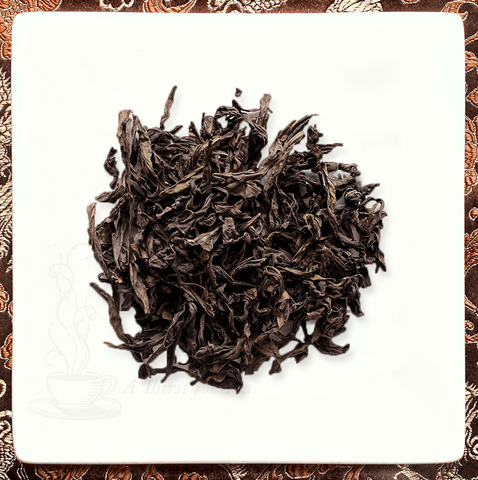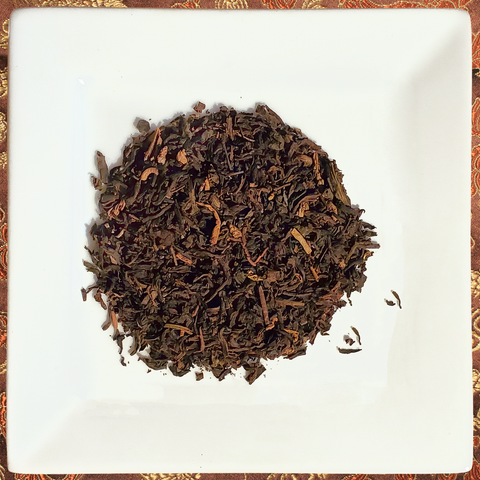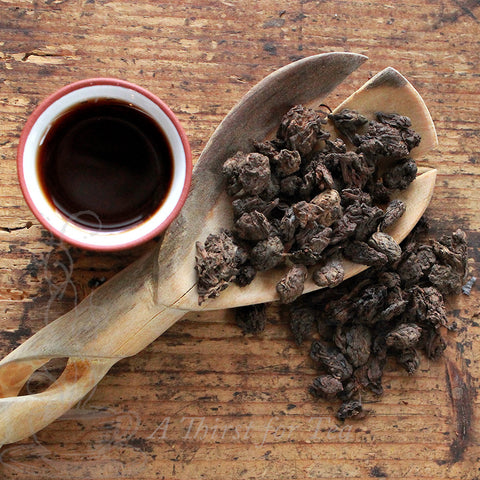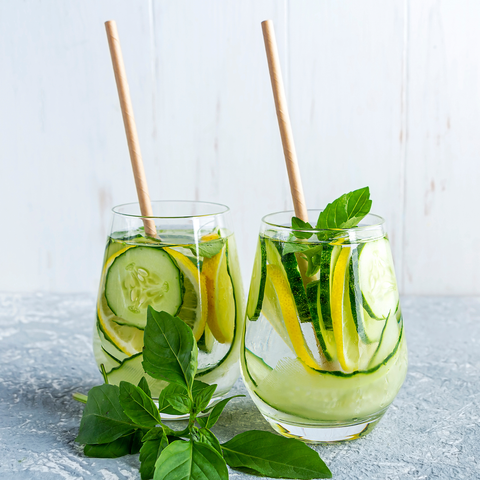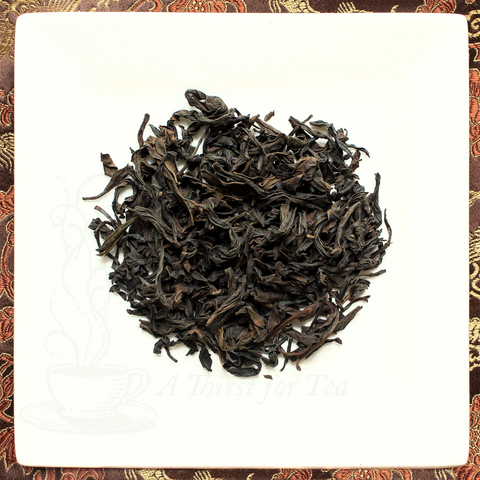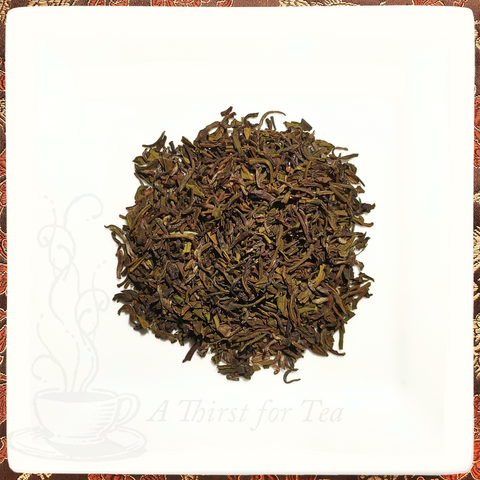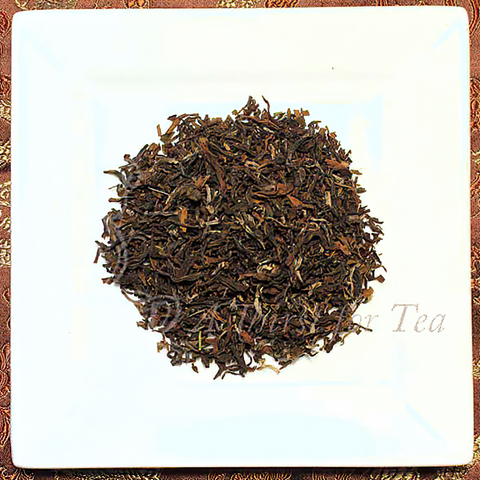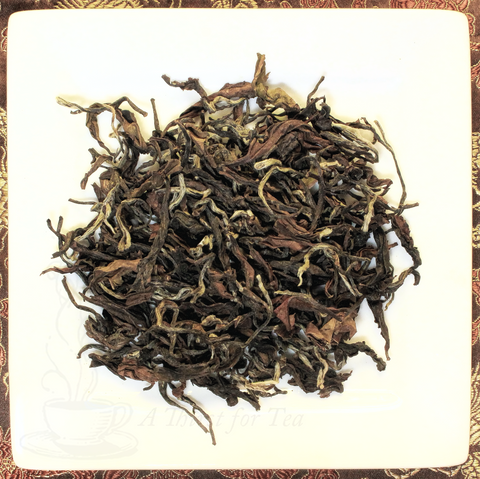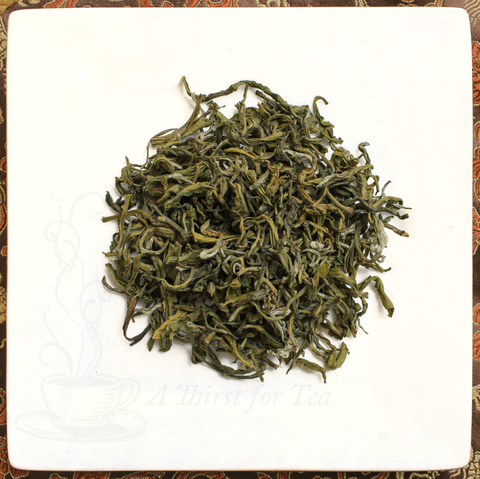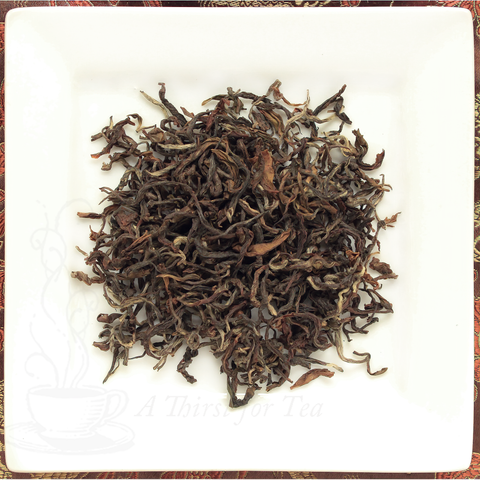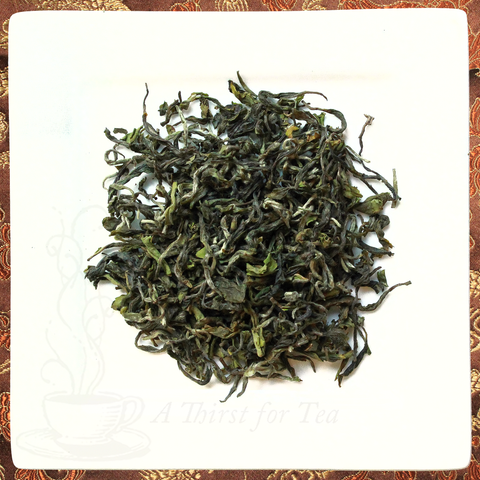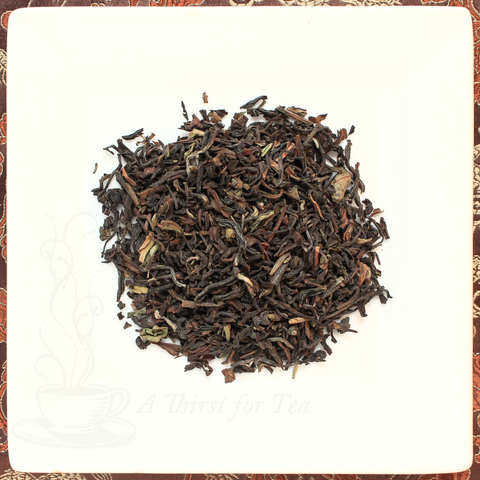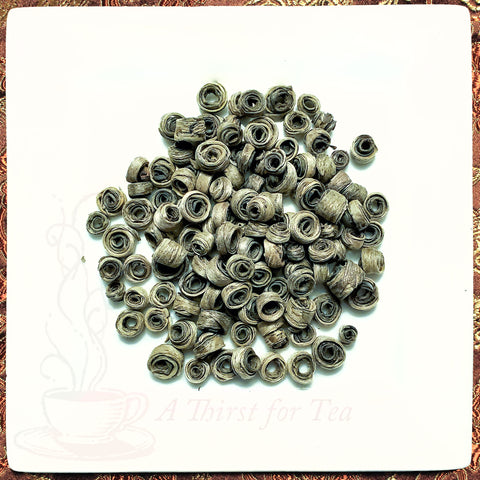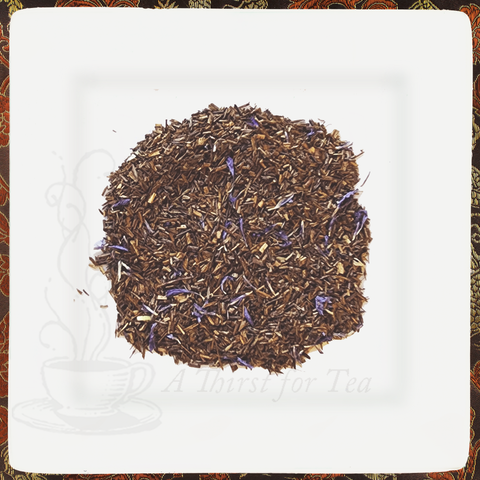Bulang Silver Spring, 2015 White Shengcha Puerh
$6.25Bulang Silver Spring, 2015 White Shengcha Puerh
$6.25- Gallery
- Description
- Bulang Silver Spring Background
- Bulang Silver Spring Preparation
- Reviews
Our Bulang Silver Spring has an overtone of fresh hay with hints of pinewood smoke on an earthy undertone. A slight accent of Chinese herbs, American ginseng and licorice root lend a sweet, lively note with a long body. There is a persistent undertone of dried jujube with hints of malt and a lingering sweet aftertaste that is very quenching.
Deep in the mountains in Xishuangbanna in southern Yunnan tea trees grow wild amongst other woods and plants in Bulang Shan. Ethnic mountain people, particularly women, bring with them wood ladders and a plank for a platform for plucking in tea season, perhaps as it has always been since antiquity. As a continuation of this tradition, Bulang Silver Spring is hand-processed and slow dried over wood charcoal the same way. This shengcha puer is bright and refreshing when consumed as a new tea, or can be put away for maturity.
[Now, we'll stop for a moment. Fermented white tea? Yes. In order to be officially labeled as puerh, even traditionally unfermented teas, (white varieties included), must be fermented. According to the Bureau of Standard Measurement of Yunnan Province, puerh teas are officially: "products fermented from green tea of big tea leaves"] The tea is then hand-processed and slow dried over wood charcoal, creating a flavor profile that is different and more assertive than conventional white tea. It has a bit of a sweet malty flavor and subtle, lingering finish.
Like fine wines, puerh can be aged for many years. As the tea ages it continues to ferment - its profile reacts to its environment and the leaf takes on new characteristics. Proper shengcha puerhs are produced quite similarly to white teas. The biochemical changes that have taken place are much the same, the major difference being the tea cultivars and growing environment themselves, which yield very different taste profiles.
This tea matures as do all white teas and all genuine shengcha puerhs, in the historic tradition. However, the conditions in which the leaves are stored matters tremendously in the final taste profile and maturity results.
Interestingly, white puerh, since it has only been produced in large quantities for a handful of years, has not built up a vintage history. As such, there is much speculation as to how time will treat it. The general consensus in the trade is that white puerh will age gracefully, developing a wonderfully sweet, noble, musty character.
Ingredients: Artisan White Pu-erh tea
Origin: Xishuangbanna, Yunnan Province, China
Bulang Shan is one of the most important puerh producing regions in the Xishuangbanna area in southern Yunnan. Administratively it is part of Menghai county, where almost all the most famous puerh regions are located. Legend has it that the Bulang ethnic group ( who now resides also in a few other puerh regions ) was the first people in Yunnan to produce tea, if not the first in the world.
With a 5000-year-old product like tea, developments are always news. While puerhs have been around for centuries, white puerh only appeared in marketable quantities around the year 2000 – at the time, big news! Before 2000, white teas of any sort were produced in such limited quantities that to even dream of experimenting with them was unheard of. Certainly, extremely small quantities of white puerh had been produced in the past, but these were generally scooped up by the cream of Chinese society, government officials or tea loving high rollers in Hong Kong and Macau. This all changed with the democratization of the Chinese economy. This development saw a rise in the overall standard of living in China and with it, new interest rare specialty teas. These rare teas, white puerh among them, are generally only produced for the internal market. From time to time however, they can be purchased and brought over to the West. (The trick is to be in the right place at the right time.) We're thrilled to have been been able to acquire this rare tea. From our first tasting we knew it was a standout.
Brewing Instructions
Water Temperature: Boiling
Water Quality: Best with Spring Water
Amount of Leaf (per 6 fl oz water): 2 Tbl. (3-4 grams)
Steep Time: 2-3 minutes
Number of Infusions: 4
Always blanch the leaves before infusion for this tea. This allows for not only easier opening up of the leaves for a truer taste profile, but also expedites taste release when you employ shorter infusions. For a controlled amount of bitterness and yet the full taste profile of the tea try 1g to 100ml water and infuse for 5 minutes. If you prefer lighter, less bitter tastes, use shorter infusion time and a larger leaf to water ratio.
We highly recommend brewing your tea in a teapot or mug with a removable infuser so that you can remove the leaves at the end of the steeping time. Whole leaf teas of this quality need room to unfurl and expand in the water in order to perform their "magic." However, leaving the tea leaves in the water will result in an over-infused, bitter tea. If you want a stronger cup of tea increase the amount of leaf rather than the steeping time. If you don't have a removable infuser, you can brew the loose leaves directly in the pot. At the end of the steeping time, pour all of the tea into a warm serving pitcher or pot.




